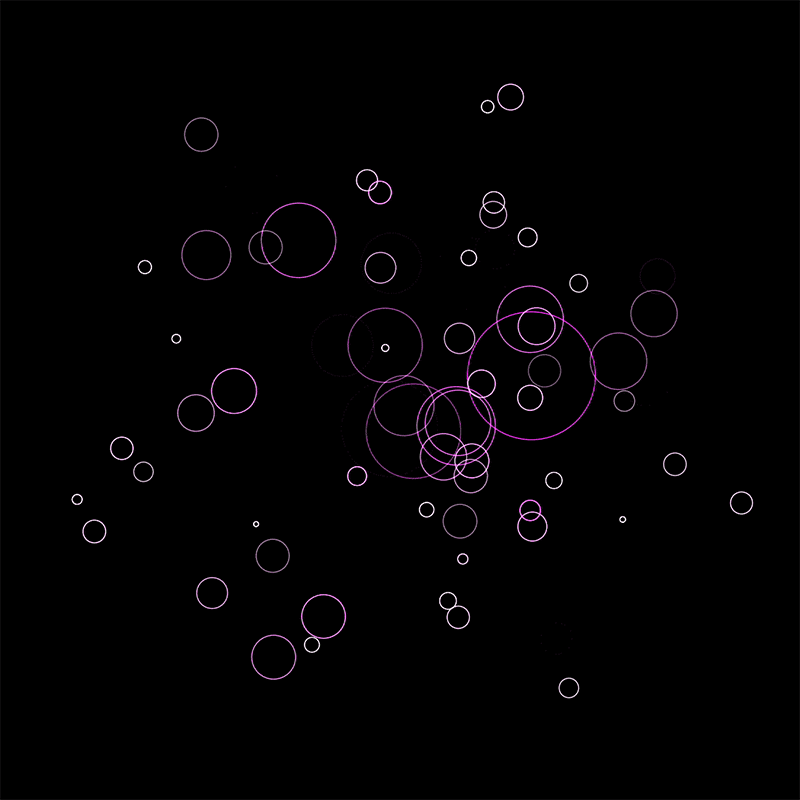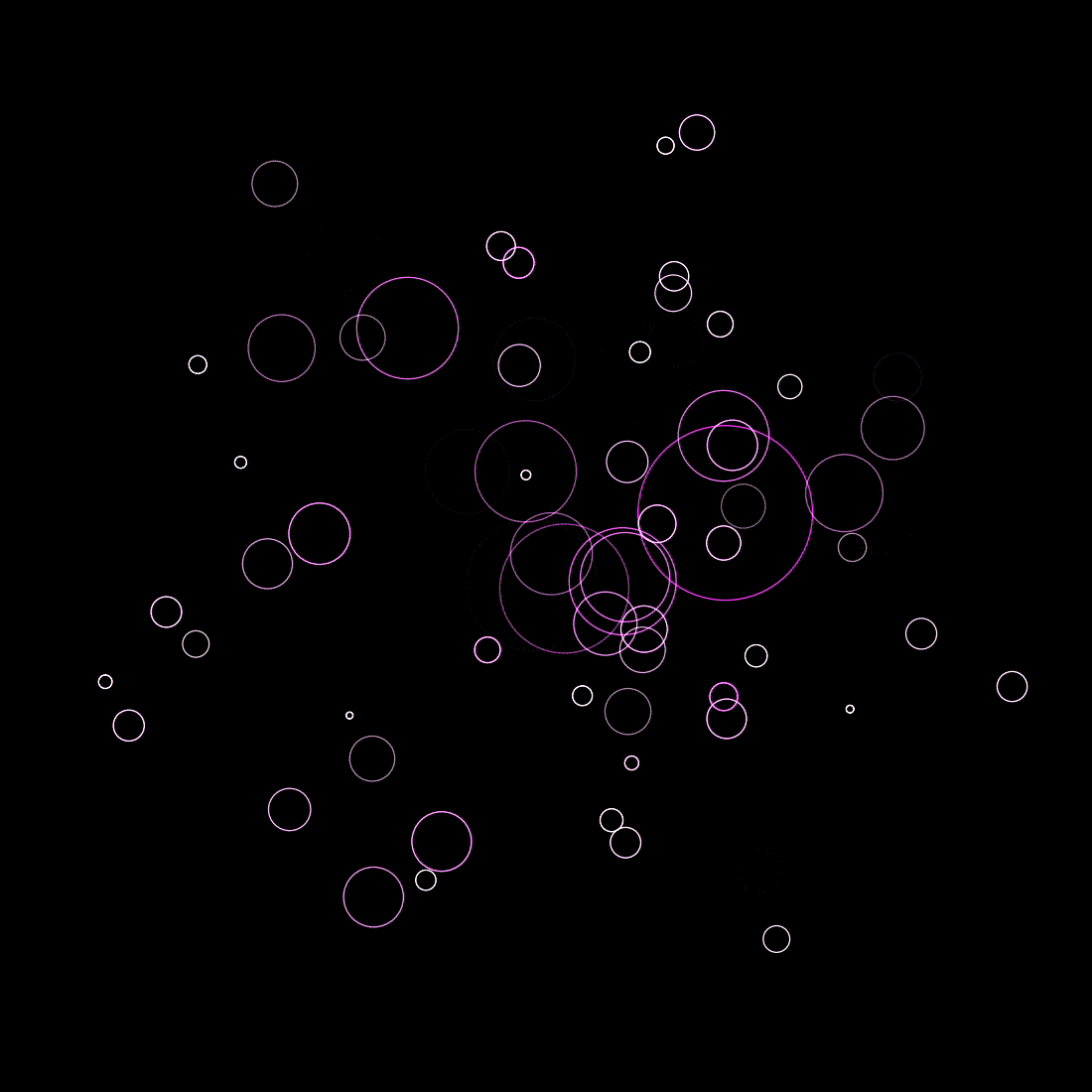Fermi Spots Record Flare from Blazar 3C 279

| Credit | NASA/DOE/Fermi LAT Collaboration |
|---|---|
| Historical Date | July 10, 2015 |
| Language |
|
This visualization shows gamma rays detected during galaxy 3C 279's big flare by the Large Area Telescope (LAT) on NASA's Fermi Gamma-ray Space Telescope. The flare is an abrupt shower of "rain" that trails off toward the end of the movie. Gamma rays are represented as expanding circles reminiscent of raindrops on water. Both the maximum size of the circle and its color represent the energy of the gamma ray, with white lowest and magenta highest. The highest-energy gamma ray the LAT detected during this flare, 52 billion electron volts, arrives near the end. In a second version of the visualization, a background map shows how the LAT detects 3C 279 and other sources by accumulating high-energy photons over time (brighter squares reflect higher numbers of gamma rays). The movie starts on June 14, 2015, and ends June 17. The area shown is a region of the sky five degrees on a side and centered on the position of 3C 279.
More information: https://svs.gsfc.nasa.gov/11947

